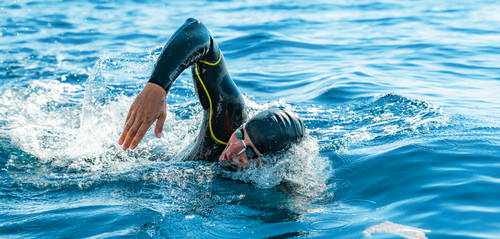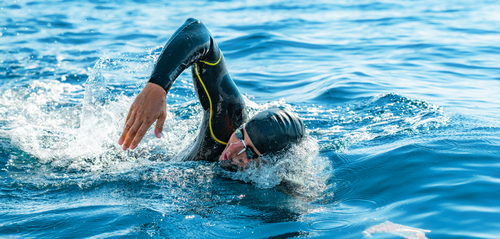Are wetsuits buoyant?

If you are into water sports, you already know that buoyancy is important for achieving great results. Therefore, you should look for equipment that can help to maximise these results, such as wetsuits.
Are wetsuits buoyant?
If you are into water sports, you already know that buoyancy is important for achieving great results. Therefore, you should look for equipment that can help to maximise these results, such as wetsuits.

Neoprene enhances buoyancy
Most of the women’s wetsuits and men’s wetsuits are made of a material called neoprene. This material is a synthetic rubber that contains tiny bubbles of nitrogen gas. The neoprene used for wetsuits differs in thickness. The usual range of thickness is 2-6 mm for adults, while kids’ wetsuits are normally 3mm with flatlock stitching. In general, the benefits of using neoprene as the main material for wetsuits are its insulating properties, which keep the wearer warm, and the improved ability to stay afloat.

How does it work?
Wetsuits enhance the ability to swim faster because the material reduces drag. This only works if you are wearing the right sized wetsuit. If it feels like a second layer of skin, it will help you to float and swim better. But, if it doesn’t fit you well, it can hold you back because it can hold extra water in the space between your skin and the suit itself. So, before you choose a wetsuit for you, have in mind that thicker wetsuits provide better buoyancy. On the other hand, it is also worth considering how they are not recommended for all water temperatures. This makes it essential to do your research before you buy.

Scuba diving, surfing and triathlons
In general, the thickness of a wetsuit depends on the water temperature. For scuba diving, you should aim for a 3-5 mm thickness with neutral buoyancy. If you are a surfer, you might think that you don’t need any extra floatation, because of the surfboard. But, if the leash breaks, you will be thankful for the additional help to retain your body heat as well as the improved ability to swim. For a triathlon, you can benefit from a specially designed wetsuit made for open water swimming. They are designed for ease of removal when transitioning disciplines, as well as for hydrodynamic resistance and flexibility. The varying thickness of neoprene and the higher number of panels improve buoyancy to keep the body elevated in the water.
To sum up, yes, wetsuits provide better buoyancy, but to get the most out of it, you must choose the right suit for your size and activity.


